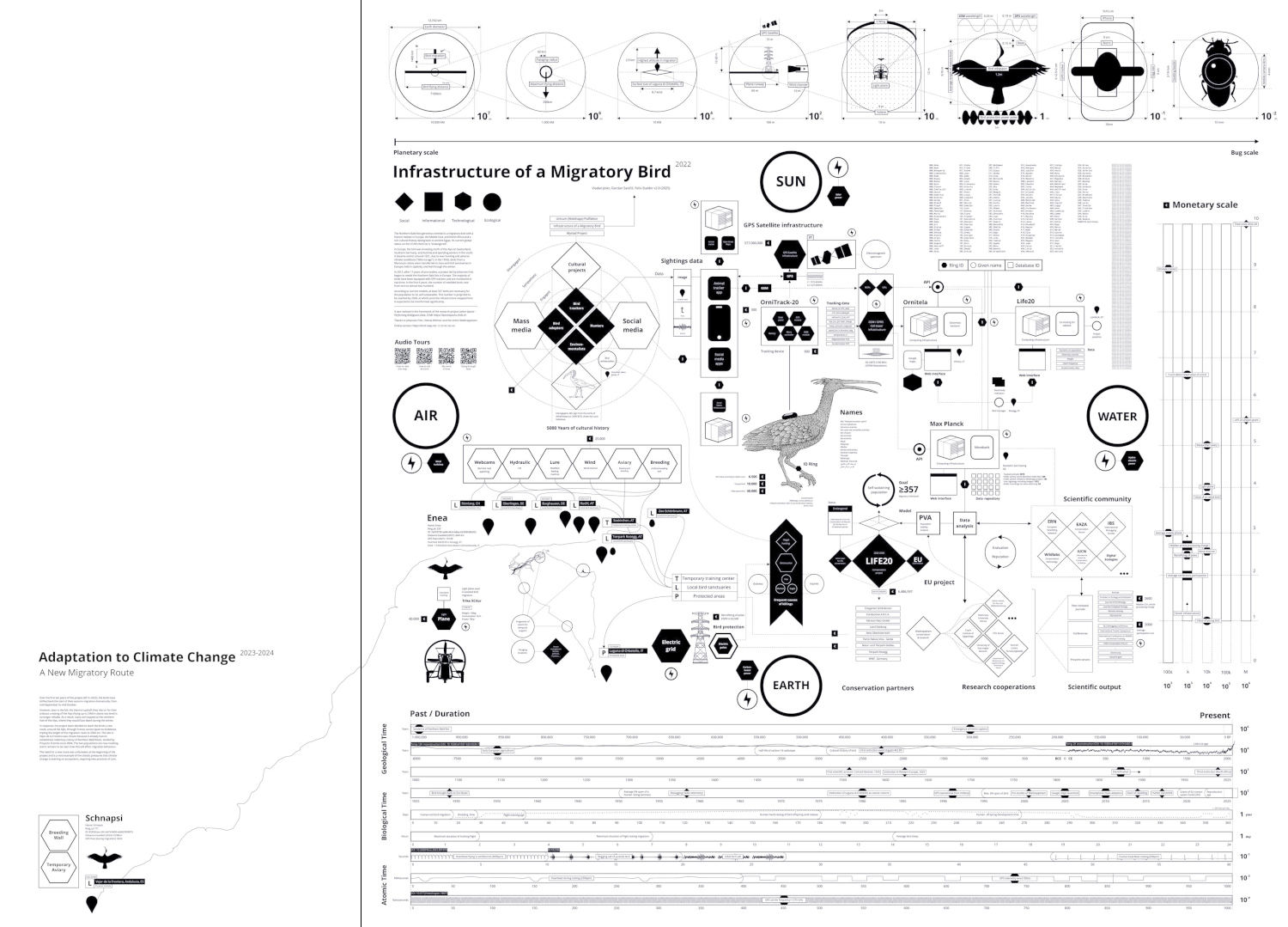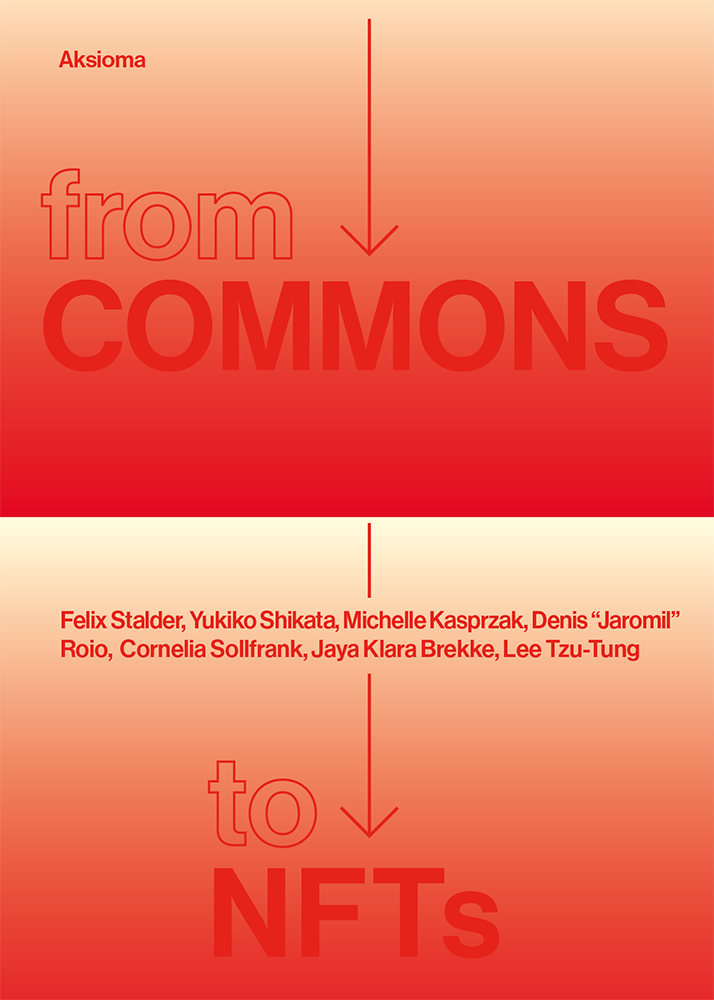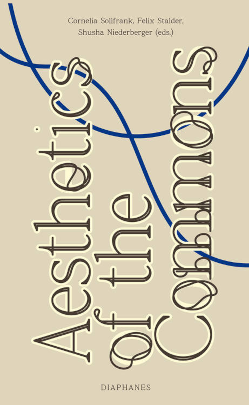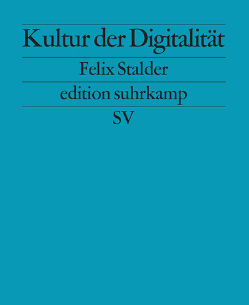
We are happy to be part of the "More than Human" exhibition (July 11 - October 5, 2025) at the Design Museum London, a major exhibition bringing together art, science and radical thinking to ask how design can help our planet thrive by shifting its focus beyond human needs.
The first major exhibition on a growing movement of 'more-than-human' design, presenting a new generation of international designers whose practices embrace the idea that human activities can only flourish alongside other species and systems. It is created in collaboration with Future Observatory, the Design Museum’s national research programme for the green transition.
Featuring art, design, architecture and technology, this thought-provoking show will present visitors with radical ideas on how to design with — and better understand — the living world. By bringing together over 140 works spanning contemporary and traditional practices, fine art, product design, architecture and interactive installations, the exhibition will explore how humans can relearn to design with and for the natural world in the face of climate emergency.
For this exhibition, we created an update to the original map in the form of a second panel called "Adaptation to Climate Change" which documents the new migration route that had to be adopted to deal with the effects of climate change. As we explain on the new panel:
Over the first ten years of the project (2013–2022), the birds have shifted back the start of their autumn migration dramatically, from mid-September to mid-October.
However, later in the fall, the thermal updraft they rely on for their arduous crossing of the Alps (flying up to 2900m above sea level) is no longer reliable. As a result, many are trapped at the northern foot of the Alps, where they would face death during the winter.
In response, the project team decided to teach the birds a new route, around the Alps, through France, across Spain to Andalusia, tripling the length of the migration route to 2500 km. The site in Vejer de la Frontera was chosen because it already had an established, sedentary colony of Northern Bald Ibises, tended by Proyecto Eremita since 2004.
The two populations are now meeting, and it remains to be seen how this will affect migration behaviour. The need for a new route was unforeseen at the beginning of the project and is a vivid example of the chaotic pressures that climate change is exerting on ecosystems, requiring new practices of care.
For us, this new panel, which visually upsets the modernist order of the main panel, serves as a stark reminder of the unpredictability of any order under the stresses of climate change.
The interactive version of the main panel is still at bird-map.net















